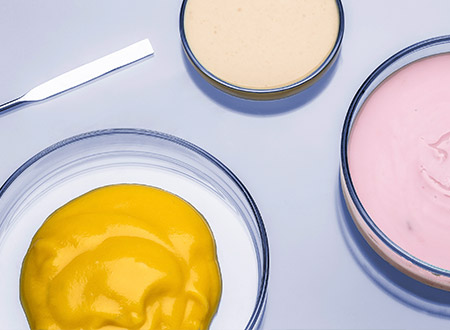
Emulsions
Emulsions are mixtures of two immiscible liquids, with one dispersed in the other. Classic examples are milk and mayonnaise. These materials’ behavior is particularly influenced by the interaction of its dispersed and continuous phases. Emulsions can be characterized using a diverse range of analytical techniques. Find the measuring instrument that meets your particular needs in the instrument list below – or let us help you find the best solution by contacting us directly.
Anton Paar Products
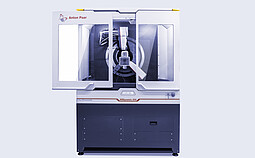
XRDynamic 500
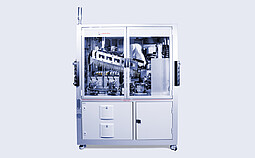
HTR 7000
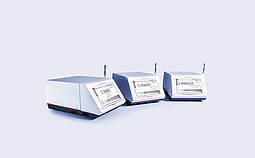
DMA

Abbemat Essential 3001

Abbemat Essential 3101

Abbemat Essential 3201
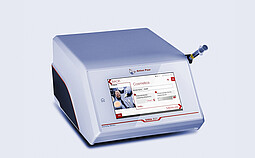
DMA 501
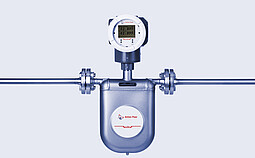
L-Cor 8000

L-Cor 4000

Cora 5001 Direct Pharma

Cora 5001 Direct Standard

Cora 5001 Fiber Pharma

Cora 5001 Fiber Process Monitoring
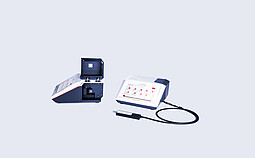
Cora 5001 Fiber Standard

Litesizer DIA 100

Litesizer DIA 500

Litesizer DIA 700

Litesizer DLS 101

Litesizer DLS 501

Litesizer DLS 701
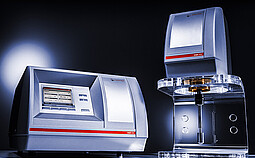
DSR 502
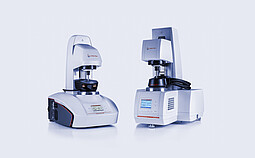
SmartPave

MCR

Lyza 3000
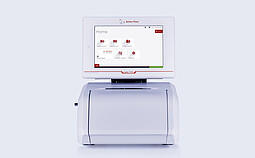
Lyza 7000
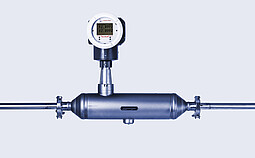
L-Cor 6000
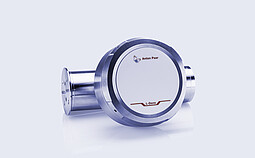
L-Dens
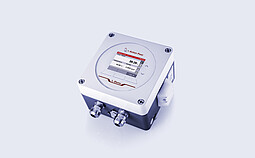
L-Dens 3300

L-Dens 7400

L-Rix 2100

L-Rix 3100
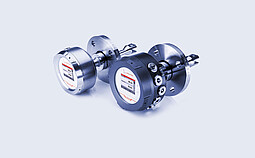
L-Sonic 5100

Abbemat Advanced 5001

Abbemat Advanced 5101

Abbemat Advanced 5201

Litesizer DIF 500
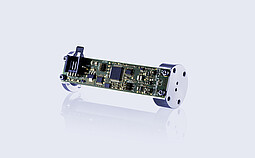
L-Dens 2300
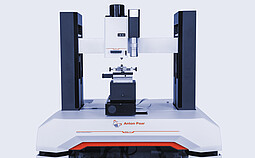
MCT³

Multiwave
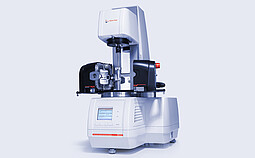
MCR 702e MultiDrive
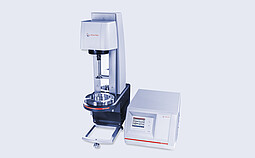
MCR 702e Space MultiDrive
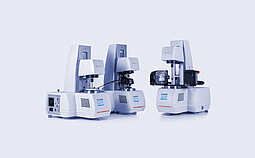
MCR 102e/302e/502e

Turbidity Measurement System
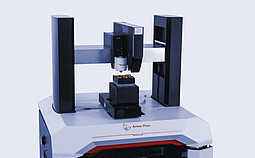
NHT³
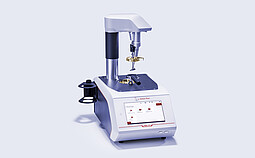
PMA 300
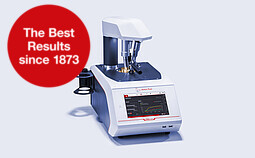
PMA 500

Abbemat Pharma 7001

Abbemat Pharma 7201
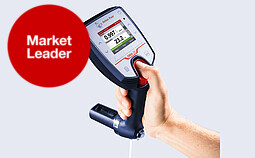
DMA 35 Standard

Chemical Starter Kit
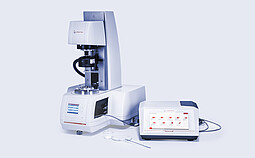
MCR Evolution & Cora 5001
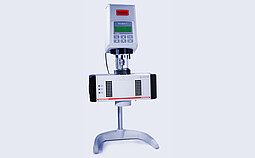
RheolabQC

SAXSpoint 700
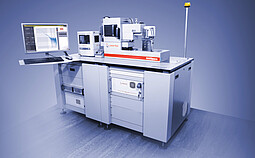
SAXSpace
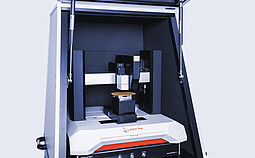
UNHT³
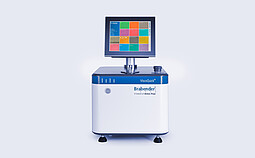
Brabender ViscoQuick

